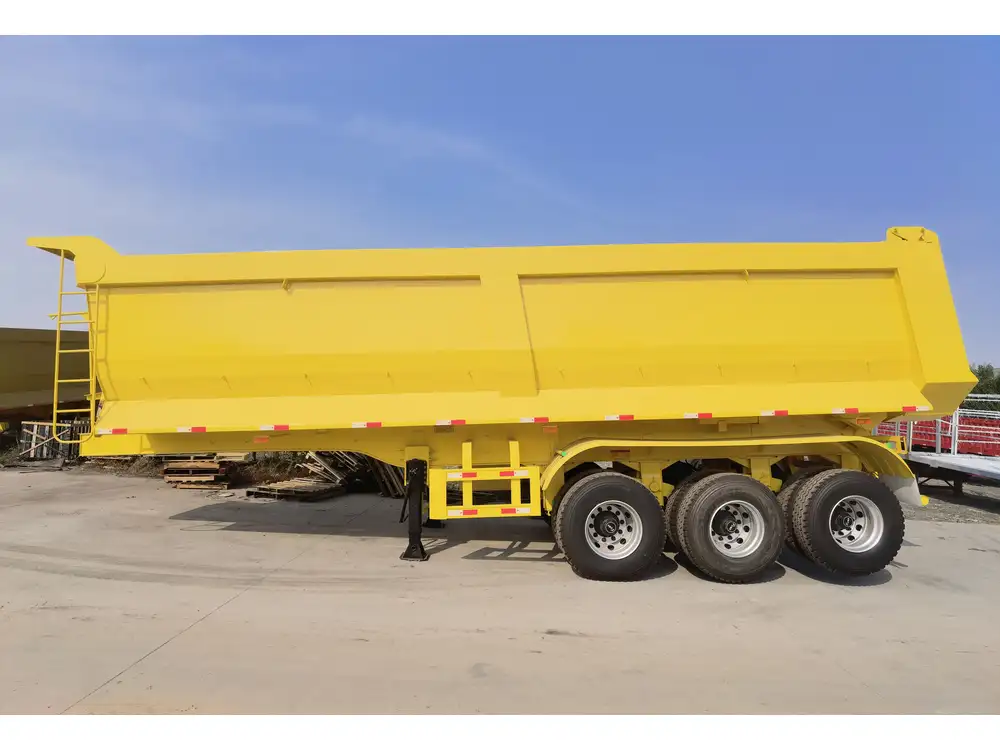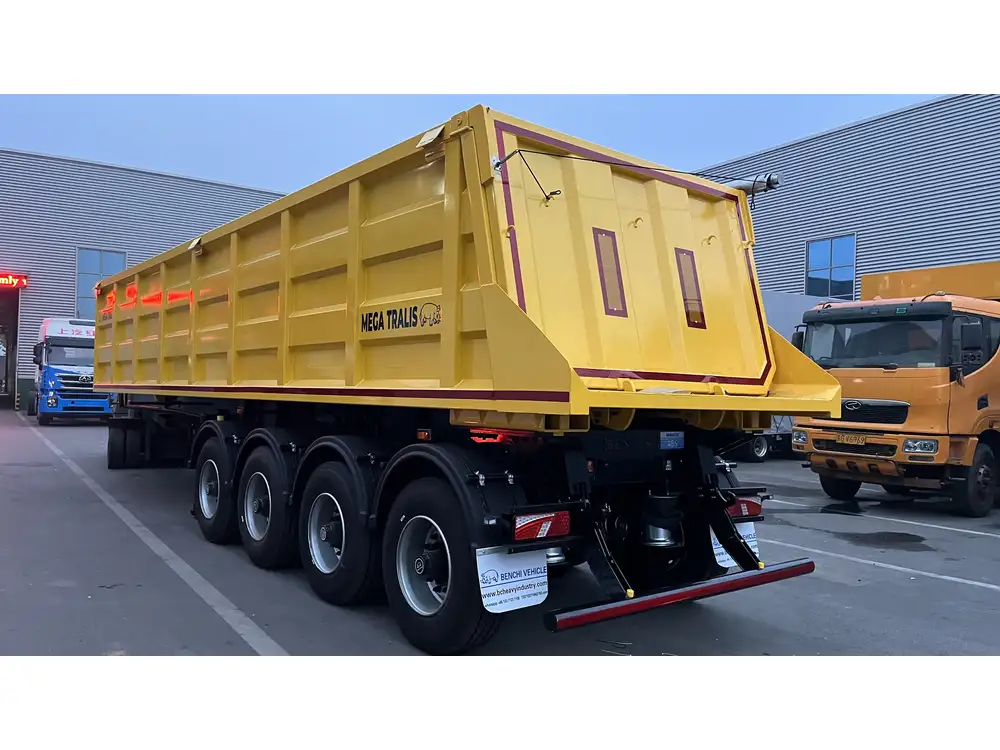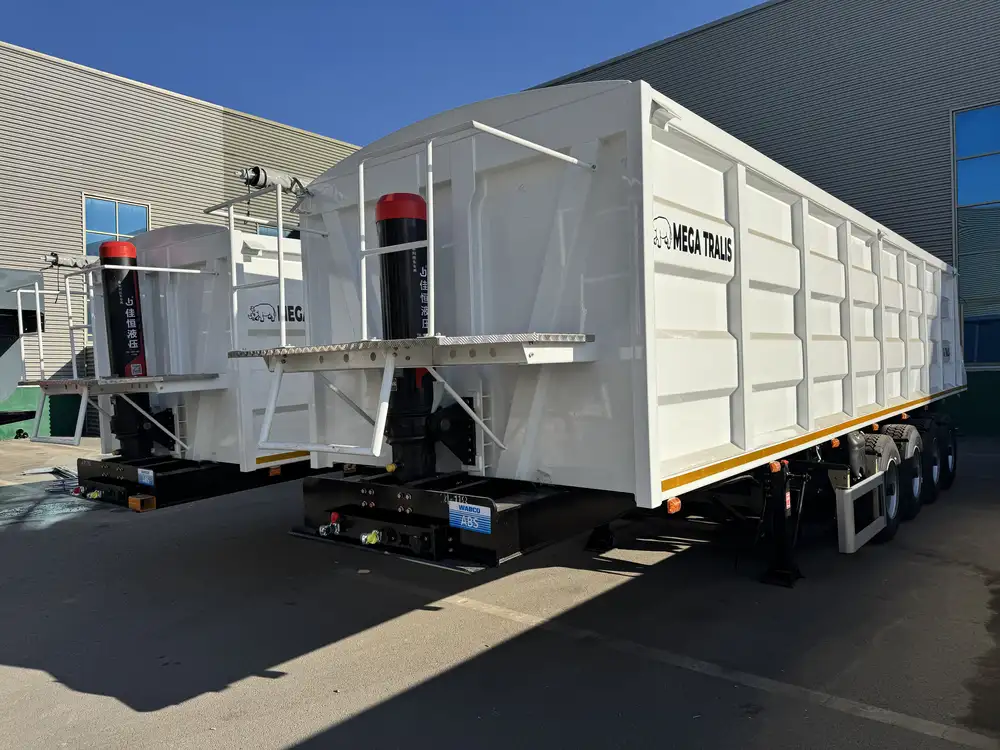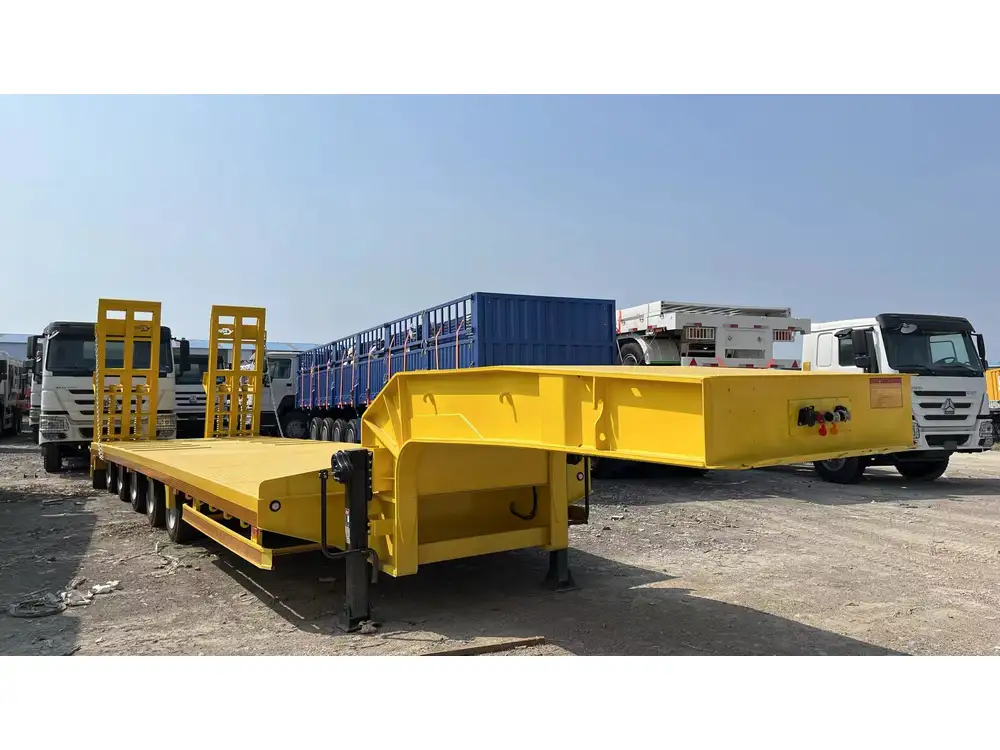Purchasing a skeletal trailer is a significant investment, often driven by the specific needs of the transportation industry. Whether you are a logistics manager, a fleet owner, or an independent hauler, understanding the intricacies of skeletal trailers can save you time, effort, and resources. In this comprehensive guide, we will examine the essential features, types, applications, and considerations when buying a skeletal trailer.
What is a Skeletal Trailer?
Skeletal trailers are a specialized type of semi-trailer designed primarily for carrying shipping containers. Typically consisting of a lightweight chassis and minimal bodywork, these trailers enable efficient transportation of intermodal containers across various modes of transport. The skeletal frame provides the necessary support to securely hold containers while allowing for easy loading and unloading operations.
Key Features of Skeletal Trailers
Lightweight Construction:
- Hexagonal or I-beam frames to minimize weight while maintaining strength.
- Aluminum or high-strength steel components for enhanced durability.
Container Compatibility:
- Designed to accommodate standard container sizes (20 ft, 40 ft, etc.).
- Adaptability to different container types (open-top, high-cube, etc.).
Modular Design:
- Many skeletal trailers feature adjustable chassis lengths to accommodate varying container sizes.
- Interchangeable parts to facilitate repair and maintenance.
Axle Configurations:
- Options typically range from two to four axles, depending on weight distribution requirements.
- Dual axle configurations enable higher payload capacities.
Towability:
- Equipped with various kingpin settings for compatibility with different truck models.
- Hydraulic or electric brakes that meet stringent safety standards.
Environmental Performance:
- Lightweight design contributes to lower fuel consumption.
- Trailers often utilize eco-friendly materials and technologies.

Types of Skeletal Trailers
When considering the purchase of a skeletal trailer, it is essential to recognize the different types available on the market. Here are the most common variations:
| Type | Description | Use Case |
|---|---|---|
| Standard Skeletal Trailer | Basic trailer designed for universal container transport. | General cargo transport. |
| Extendable Skeletal Trailer | Adjustable length to handle various container sizes. | Versatile operations. |
| Tri-Axle Skeletal Trailer | Three axles for increased stability and weight capacity. | Heavy-duty loads. |
| Low-Height Skeletal Trailer | Reduced height for easier loading/unloading in tight spaces. | Urban transportation and logistics. |
| Chassis Only Trailer | No container included, offering minimalistic transport options. | For operators with existing containers. |
Why Invest in a Skeletal Trailer?
Cost Efficiency
The initial investment in a skeletal trailer can often lead to substantial cost savings in the long term. By optimizing payload capacity and enhancing fuel efficiency, operators can reduce transportation costs while maximizing operational productivity.

Flexibility and Adaptability
The ability to handle multiple container types and sizes makes skeletal trailers an indispensable asset for businesses engaged in logistics and cargo transport. This versatility allows fleet owners to adapt to fluctuating market demands without needing to invest in new equipment continually.
Enhanced Load Security
The design of skeletal trailers ensures that containers are secured effectively during transit, minimizing the risk of damage. Utilizing advanced locking mechanisms and securing tools also enhances safety, fostering trust between shippers and clients.
Compliance with Regulations
Modern skeletal trailers are crafted to adhere to stringent regulatory standards, ensuring they meet safety and environmental guidelines. Investing in compliant equipment decreases the likelihood of legal issues and associated penalties.

Considerations When Buying a Skeletal Trailer
Assess Your Needs
Before diving into the purchasing process, thoroughly assess your transport needs. Key considerations include:
- Type of Cargo: Determine the types of containers and payloads you will frequently transport.
- Distance and Routes: Analyze typical routes to understand terrain and weight restrictions.
- Operational Frequency: Consider the volume of high-demand routes against the capacity of your current fleet.
Research Manufacturers
Choosing the right manufacturer is crucial. Look for companies with:
- Industry Reputation: Read reviews and testimonials from other buyers.
- Warranty and Support: Assess the warranty offered and after-sales service.
- Customization Options: Check if the manufacturer can meet specific requirements.

Compare Pricing
It’s imperative to obtain quotes from multiple suppliers. Consider not just the upfront costs, but also the total cost of ownership, which includes maintenance, fuel efficiency, and possible resale value.
Inspect Before Purchase
Always inspect skeletal trailers physically if possible. Check for:
- Structural Integrity: Look for any signs of wear or damage.
- Component Quality: Ensure that brakes, tires, and couplings are in good working condition.
- Documentation: Verify that all necessary compliance documents are available.
Maintenance Tips for Skeletal Trailers
Maintaining your skeletal trailer is vital to ensure the longevity and efficiency of your investment. Here’s a structured approach to maintenance:

Regular Inspection Schedule
- Daily Checks: Tires, brakes, lights, and hitch should be inspected before every trip.
- Weekly Inspections: Conduct a thorough inspection of the chassis and container hold points.
- Monthly Maintenance: Lubricate moving parts, check wheel alignment, and inspect brake pads.
Document Maintenance Records
Keeping detailed records of all maintenance tasks performed is crucial. Use a spreadsheet or specialized software to track:
- Dates of inspections and repairs.
- Replacement of parts, along with receipts.
- Any recurring issues observed.
Train Your Operators
Investing in the training of your operators not only enhances safety but also ensures that the trailer is operated under optimum conditions. Cover:
- Loading and unloading procedures.
- Safe driving techniques with a trailer.
- Emergency procedures for breakdowns.

Conclusion
Investing in a skeletal trailer is more than a transaction; it’s a commitment to enhancing your logistics capabilities. By understanding the nuances of selecting the right trailer, its configurations, and the significance of maintenance, you position your business to thrive in a competitive market. Use the insights and structured information provided to make informed decisions that will ultimately lead to greater operational efficiency and profitability.
Call to Action
Ready to enhance your fleet with a reliable skeletal trailer? Contact us today to explore our diverse range of options tailored to meet your specific transport needs. Our dedicated team of experts is here to guide you through the buying process, ensuring you choose the optimal solution for your logistics operations.
This article has not only aimed to inform but also to empower you with the right insights to facilitate smart purchases when looking to buy a skeletal trailer. Remember, investing in quality equipment is investing in the future of your transportation needs.



